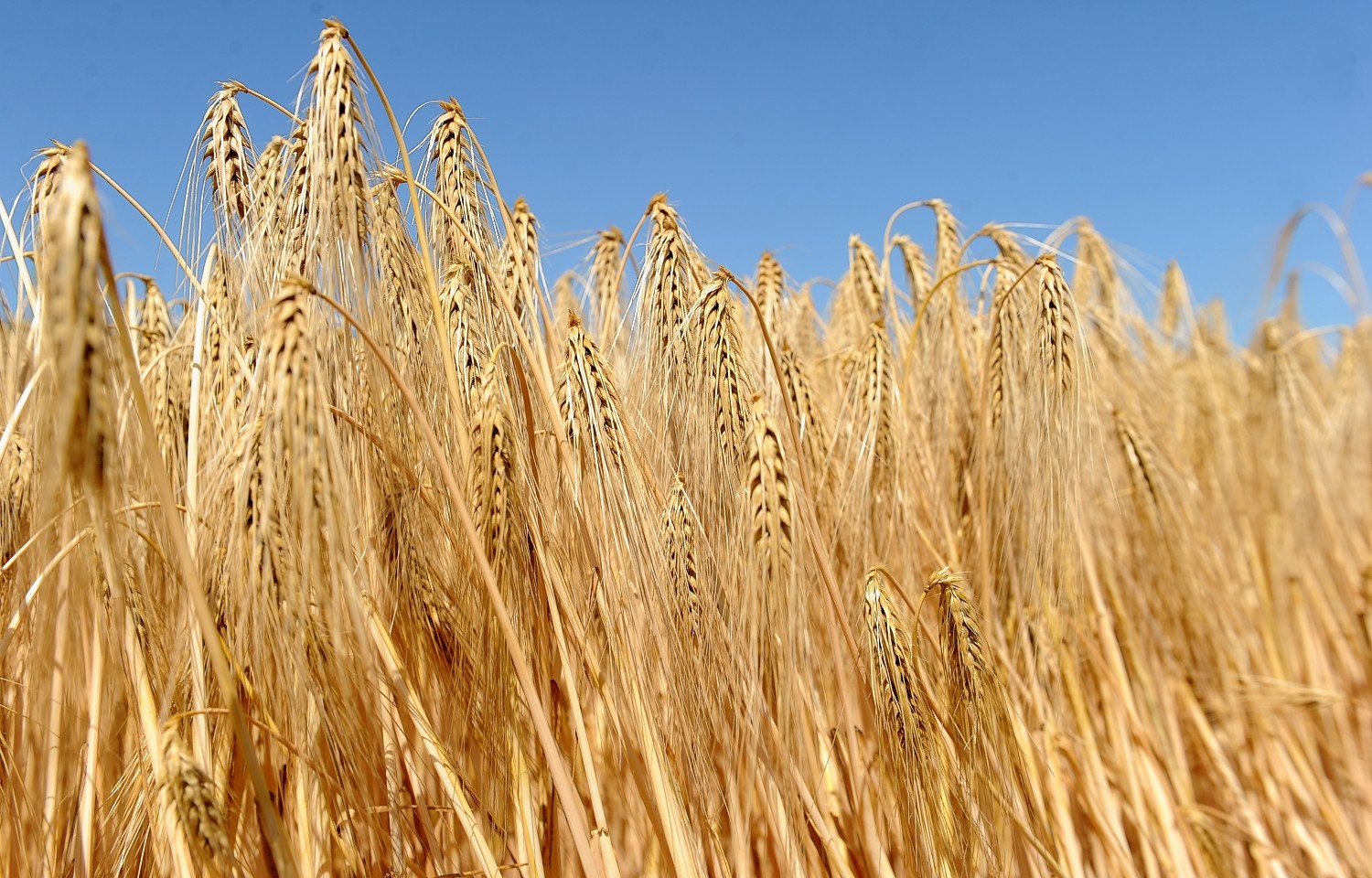At long last the Scottish spring barley harvest is under way in earnest with combines now making inroads into one of the latest maturing crops yet.
Malting quality in terms of nitrogen content, moisture and screenings all seems to be acceptable but there are serious problems with grain splitting in Concerto which is now the distillers’ favourite with a 70% market share.
Things are in a state of flux as maltsters and buyers assess the situation.
Unfortunately for growers they are doing so against a background of substantial carryover stocks.
Despite the best efforts of combine operators to adjust concave openings and drum speeds it is proving very difficult to keep skinning below the 8% level.
It appears that this is not a problem that will disappear with experience from 2012, when Concerto also skinned badly, suggesting that later-harvested crops are more susceptible. Propino is also reported as suffering from the problem.
Bruce Ferguson, of Frontier Agriculture, estimated that at the beginning of this week only about 5% to 10% of the barley in the Aberdeenshire and Moray area had been harvested and this made it difficult to assess quality.
With almost 40% of Scotland’s spring barley grown in the north-east the supplies from the area are critical in setting market tone. Farther south Robin Barron, manager at East of Scotland Farmers at Coupar Angus, estimated that around 50% of the barley in Strathmore had been cut.
Gavin Will, of Grainco, estimated that between 30% and 40% of the barley across Angus and Fife had been harvested. All three men however noted the large proportion of the crop which was not yet ripe. Some fields are not yet at the stage where pre-harvest glyphosate can be applied.
Steve Hoad, plant pathologist with SRUC, Scotland’s rural college, said that winter barley, oilseed rape and spring barley yields and quality had all been better than might be reasonably expected given the poor summer but he acknowledged that skinning was an issue, especially in Concerto.
“Some varieties are more resistant, for example older UK varieties and some bred overseas, but the modern breeding lines here now all seem to have unintentionally allowed weaker skin adhesion to creep in,” he said.
The problem is worse when crops are subject to alternating wet and dry spells during grain fill, as they have been in 2015. This causes weak skin adhesion and as the grain dries and shrinks the skin detaches more easily.
Mr Hoad added: “Experience with Concerto in 2012 shows that the problem is not going to get better as the season progresses. The important thing now is the industry works together to set workable thresholds.”
